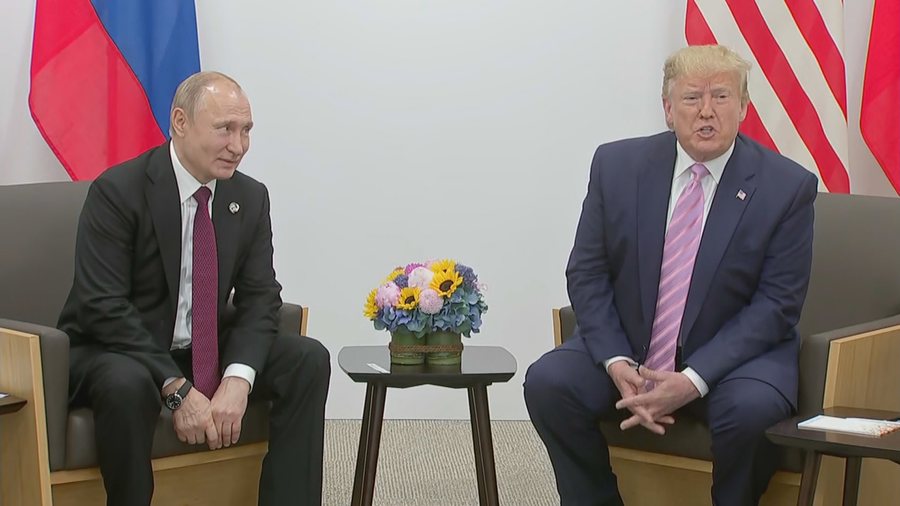
Donald Trump has ratcheted up his rhetoric against Vladimir Putin and threatened sanctions against Russia. But Washington's strong statements are unlikely to cause unrest in Moscow for now.
50 days, that's the deadline. Then 100 percent punitive tariffs are imposed. Both the deadline and the threat come directly from the White House and mark a change in Donald Trump's stance, for now. The US president is giving the Kremlin until early September to end the war against Ukraine. If there is no "deal" or at least a ceasefire between Russia and Ukraine by then, the US president said, 100 percent punitive tariffs will be imposed on everyone who still does business with Russia, thus filling the Kremlin's "war chest."
After months of talks, it seems Donald Trump's patience with Vladimir Putin is running out. Trump said he's heard a lot of words (from the Russian side), but then Kiev is bombed again the next night. "If you want to know the truth, Putin is talking a lot of nonsense to us."
Secondary sanctions could hit Russia hard
The secondary sanctions that Trump is threatening could change the situation. They would hit Russia hard because they also target Russia's most important source of income: the sale of raw materials, especially oil and gas. About half of the Russian state budget is financed by raw materials. During the three and a half years of war, Russia's income from the oil and gas business has not been significantly reduced. The Kremlin circumvented previous sanctions, for example, with the so-called shadow fleet. Trump's threats, the so-called secondary sanctions, go a step further: They are intended to discourage buyers of Russian raw materials. If Russia's income from the oil and gas business were to be significantly reduced, this would create major financial problems for the Kremlin and make it more difficult to keep the war machine running.
Threats with question marks
However, Trump's threat, as strong as it may sound, is fraught with several question marks. Removing Russian oil from the market, which accounts for 10 percent of the global market, is likely to be accompanied by massive turbulence in oil prices and will not be feasible in the short term.
The other question: Would Donald Trump really be willing to risk a new tariff dispute with China or India, among the largest buyers of Russian oil, for Ukraine. The consequences of such a tariff dispute would also affect the United States and would likely lead to new turmoil in the global market. As for Russian gas, secondary sanctions would also be problematic for European partners. Both Austria and Hungary also buy Russian gas.
Republican Senator Lindsey Graham, who supports the proposal for secondary sanctions, had previously called for tariffs of up to 500 percent. Graham spoke of a "slamming hammer" at Trump's disposal to end the war. But it appears Donald Trump has chosen a much less harsh option.
50 days gives the US president ample opportunity to further change his stance, but also Russia the opportunity to advance further on the battlefield. Tariffs of 100 percent would also be significantly lower than previously discussed. Which is perhaps why the Moscow stock exchange reacted to Trump's statement with a rise in price.
The Moscow stock exchange rose by more than two percent after Trump's statements, likely from relief felt that the US president's threat was less drastic than some had feared./ DW (A2 Televizion)











